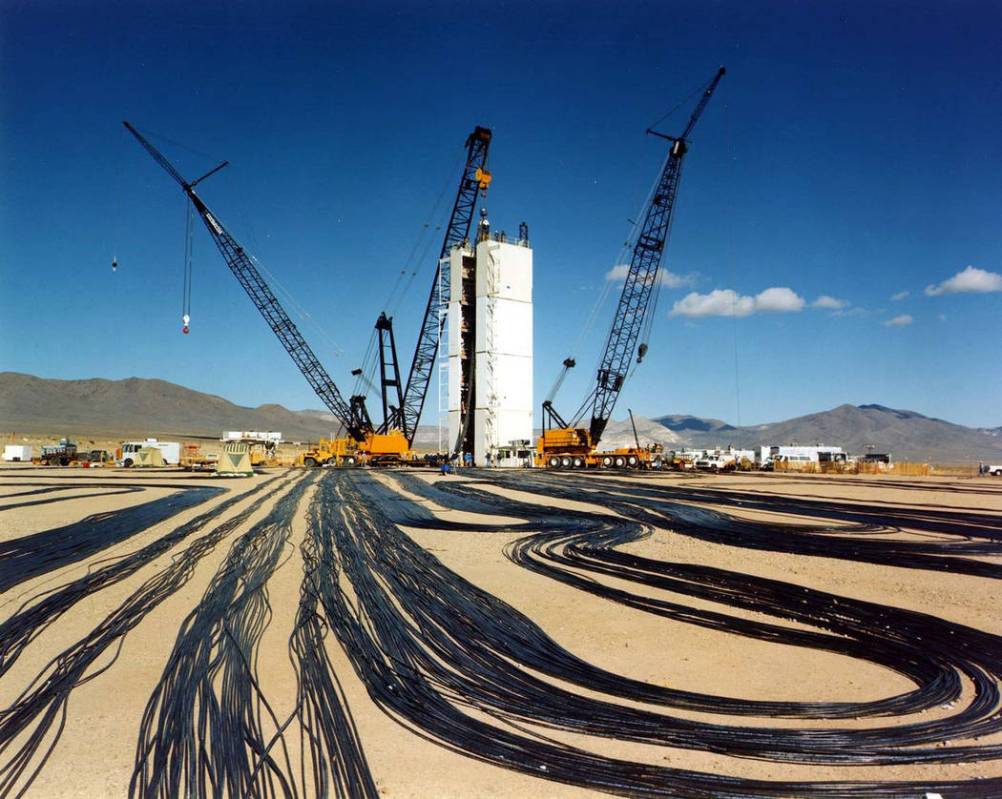
In 1957 in Nevada, the United States performed its first underground atomic test in response to worldwide concern about fallout. That test was designated “Rainier.”
At the same time, the U.S. was in negotiations with the Soviet Union on a nuclear test ban at which U.S. representatives were arguing that underground tests were seismically undetectable.
After Rainier, test site officials indicated there was nothing to change that conclusion, and journalists obediently reported what they said without checking into it.
But an independent, blacklisted journalist in D.C. named I.F. Stone noticed small news items from places like Toronto, Rome and Tokyo that said the test had been detected.
Later, when Eisenhower administration test ban negotiator Harold Stassen reported at a congressional hearing that Rainier was “recorded in every seismic instrument within a thousand miles” and that any atomic test could be detected, the Atomic Energy Commission rushed out a report the next day that said “earth waves were recorded at seismological stations at Los Angeles, about 250 miles, air line, from the shot mesa. This was the maximum distance at which the shot was recorded.”
It was a lie, apparently prompted by ideologically driver scientists like Edward Teller, who wanted no test ban. It cut the legs out from under the administration and Stassen.
Stone, who called the AEC the most “mendacious” agency in D.C., said later, “I figured I better get me a seismologist.”
He went to the obscure Coast and Geodetic Survey, which had a seismology lab. They gave him 19 sites around the world where Rainier had been detected. Stone then forced the AEC to put out a retraction and when the congressional hearing reconvened, AEC chair Lewis Strauss had to answer some tough questions.
But the AEC’s retraction was worded so technically that most reporters did not recognize its meaning, though the St. Louis Post Dispatch put the story on the front page.
The outcome was that the myth of the undetectability of underground tests lived on. John Kennedy even cited it in the fourth 1960 campaign debate. But after he became president, things changed. In Feb. 1962, the AEC announced it had detected an underground Soviet test.
Nevertheless, the culture of deception in the AEC lived on, into its next bureaucratic configuration, the Energy Research and Development Administration, and eventually into its current version – the U.S. Energy Department, which has screwed up just as often as the AEC, as when it publicly and falsely branded scientist Wen Ho Lee a thief of secret documents (President Clinton later apologized to him).
Stone counseled reporters on rules they should follow: “The first is that every government is run by liars and nothing they say should be believed. That’s a prima facie assumption, unless proven to the contrary.”
Dennis Myers is an award-winning journalist who has reported on Nevada’s capital, government and politics for several decades. He has also served as Nevada’s chief deputy secretary of state.